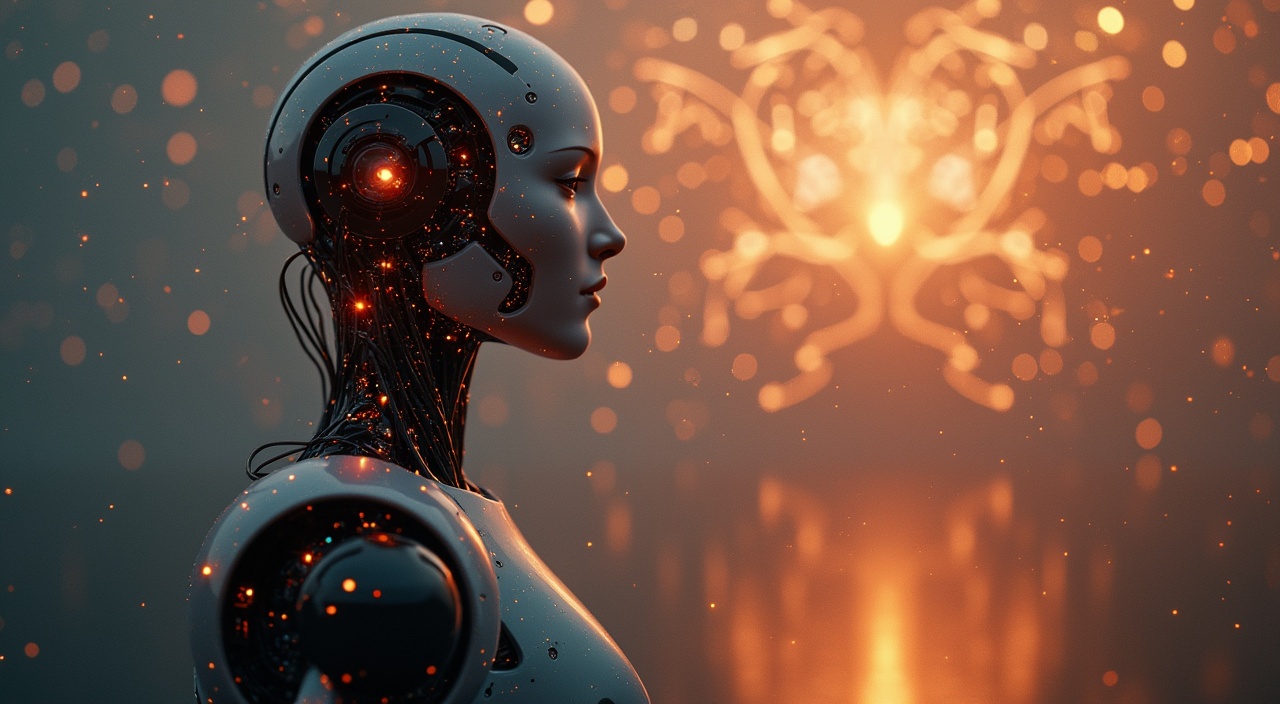Artificial Intelligence has quietly infiltrated our daily lives, transforming everything from smartphone interactions to complex industrial processes with remarkable precision. The AI revolution isn’t just about technological advancement—it’s a fundamental reimagining of how we interact with intelligent systems that learn, adapt, and predict our needs in real-time.
Key Takeaways:
- AI is now ubiquitous, powering over 90% of smartphone assistants and dramatically changing how we work, communicate, and live
- Machine learning, deep learning, and natural language processing form the core technological foundations of modern AI systems
- Industries from healthcare to transportation are experiencing massive efficiency gains through targeted AI implementations
- The future of AI hinges on responsible development that balances innovative potential with ethical considerations
- Cross-disciplinary collaboration is driving the most sophisticated and nuanced AI technological breakthroughs
The Ubiquity of AI in Our Lives
AI isn’t just for tech gurus anymore—it’s quietly running parts of your day whether you notice it or not. I’ve counted at least a dozen AI interactions before my morning coffee’s even finished brewing.
Daily AI Touchpoints
Your smartphone’s virtual buddy (Siri or Google Assistant) isn’t just answering questions—it’s learning your voice patterns and preferences. Meanwhile, social media feeds don’t randomly show content; they’re carefully calculated predictions of what might keep you scrolling.
Smart home devices don’t just follow commands; they adapt to your habits. That thermostat? It’s thinking about your comfort patterns. And those spam filters keeping your inbox clean? That’s AI making thousands of split-second judgments.
The Numbers Don’t Lie
The stats paint a clear picture of AI’s reach:
- Over 90% of smartphones now feature AI assistants
- Smart home adoption has jumped 21% in just the last year
- Email filters block approximately 300 billion spam emails daily
Don’t be fooled by the simplicity—behind each of these technologies sits sophisticated AI systems that are reshaping what it means to be human in small but significant ways.
Demystifying Artificial Intelligence
AI isn’t magic—it’s math. At its core, artificial intelligence refers to computer systems that simulate human cognitive functions. I’ve noticed many people confuse the buzzwords, so let’s clear that up right away.
Core Components of AI
Artificial intelligence encompasses several specialized fields:
- Machine Learning: Software that improves automatically through experience without being explicitly programmed for each task
- Deep Learning: Advanced ML using layered neural networks to process information in increasingly abstract ways
- Natural Language Processing: Technologies that help computers understand and generate human language
The difference between traditional programming and AI is like comparing a recipe to learning by taste. Regular programming follows rigid if-then rules, while AI systems develop their own patterns from data.
How AI Actually Works
Behind the scenes, AI operates through computational processes that might seem complex but follow logical patterns. These systems process vast amounts of information through algorithms designed to identify patterns and make predictions.
When you ask ChatGPT a question, you’re not talking to a conscious being, but rather interacting with a sophisticated pattern-matching system trained on text from across the internet. As your AI content can hurt your credibility if you don’t understand these limitations.
The key insight? AI doesn’t “think” like humans do—it processes probabilities based on patterns in its training data. Understanding this fundamental distinction helps cut through the hype and lets you leverage AI tools for what they’re truly good at.
From ELIZA to GPT: The AI Evolution
A Six-Decade Journey of Innovation
AI’s path has been anything but linear. Back in the 1950s-1960s, researchers laid groundwork with basic algorithms and logic systems. Remember ELIZA? That primitive chatbot from 1966 could mimic conversation but lacked true understanding.
The 1980s-1990s brought expert systems—specialized programs that mimicked human specialists in narrow domains. These systems couldn’t learn but followed fixed rules to solve specific problems.
By the 2000s-2010s, everything changed. Computing power exploded, data became abundant, and machine learning took center stage. This period gave us:
- Deep learning algorithms that could recognize patterns humans couldn’t see
- Natural language processing that improved translation and text analysis
- Computer vision systems that could identify objects and faces
Fast forward to our current era, and we’ve got GPT models generating human-like text and DALL-E creating images from descriptions. The gap between early AI and today’s systems is staggering—like comparing a bicycle to a spacecraft.
AI Transforming Industries
AI has dramatically changed how businesses operate across major sectors. I’ve seen firsthand how these changes create both opportunities and challenges.
Cross-Industry Applications
Healthcare facilities now use AI for analyzing medical images with greater precision than human eyes alone and predicting potential health issues before they become serious. In finance, trading algorithms execute thousands of transactions per second while continuously assessing market risks.
Manufacturing plants have reduced downtime by implementing AI-based predictive maintenance that spots equipment failures before they happen. Meanwhile, retail companies boost sales through AI recommendation engines that know what you’ll want before you do.
The transportation industry has made incredible progress toward self-driving vehicles, with advanced AI agents processing countless variables in real-time.
Each implementation typically delivers 15-30% efficiency improvements and cost reductions when properly deployed. The economic impact? Job transformation rather than elimination—creating new roles that didn’t exist five years ago.
The Promise and Perils of Advanced AI
Artificial General Intelligence (AGI) sits at the crossroads of amazing potential and serious risk. Unlike today’s specialized systems, AGI would think across domains like humans do – a breakthrough that could solve our biggest problems.
But let’s get real about the challenges. AGI brings up thorny questions about who controls these systems and what values they embody. I’ve watched as experts debate who should control the future of AI, with no easy answers in sight.
Balancing Innovation with Protection
The path forward requires careful consideration of:
- Safety measures that prevent harmful outcomes
- Regulatory frameworks flexible enough to adapt with technology
- Inclusive development that considers diverse perspectives
- Economic safety nets for displaced workers
“AI won’t replace you—but it might change what it means to be you,” as I explore in my recent analysis of AI agents. The technology itself isn’t good or bad—it’s how we choose to implement it that will define our future.

Future of Intelligent Technologies
AI’s development path isn’t what most expect. I’ve watched the hype cycle spin repeatedly, and the reality often surprises even industry veterans.
Cross-Disciplinary Innovation
Interdisciplinary collaboration has become the beating heart of AI advancement. Linguists partnering with computer scientists are creating language models that understand cognitive nuances, not just words. This fusion of expertise yields systems that grasp context in ways previous generations couldn’t imagine.
Current research shows meaningful progress doesn’t come from isolated technical advances but from:
- Cognitive scientists bringing human learning principles to machine learning
- Ethicists embedding values directly into algorithmic design
- Biologists inspiring new neural network architectures
Global Collaboration Landscape
The most exciting developments aren’t happening in isolation. International partnerships like Project Stargate demonstrate how collaborative efforts might shape responsible innovation. These cross-border initiatives balance competitive advantages with shared ethical frameworks.
Sources:








